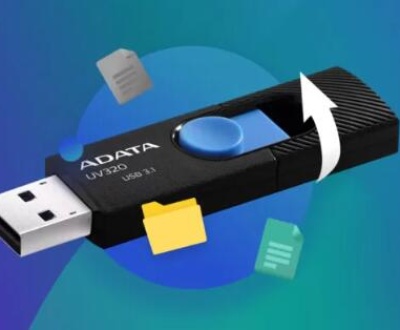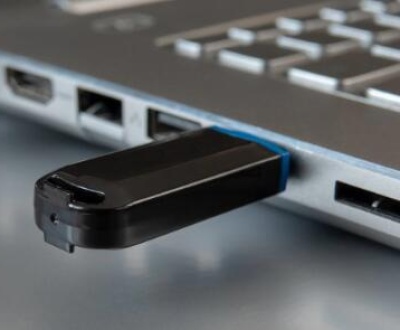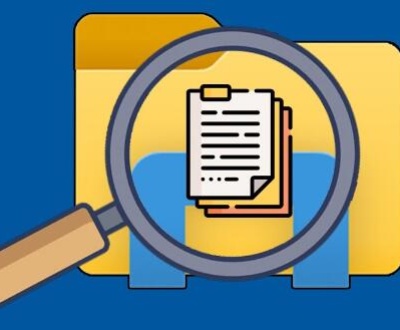Transferring Steam save files to a new computer can be a bit daunting, but it’s actually a straightforward process. Whether you’re moving to a new system or simply want to back up your game progress, Steam provides several methods for transferring your save data.
1. Steam Save Files and Cloud Syncing
Steam save files consist of the progress data for each game you play. These files record various aspects of gameplay, including unlocked levels, custom settings, and in-game achievements. How these save files are stored depends largely on the game and the developer.
There are two primary ways Steam handles save files:
Cloud Sync: Some games are integrated with Steam Cloud, allowing your save files to sync automatically across multiple devices.
Local Save Files: Some games save files locally on your hard drive, and these files need to be manually transferred when moving to a new machine.
Understanding whether a game uses Steam Cloud or stores saves locally is key to successfully transferring your save data.

2. Checking if a Game Uses Steam Cloud Sync
Before deciding how to transfer your save files, it’s important to check if the games you play use Steam Cloud. Steam Cloud sync automatically saves and syncs your game progress to the cloud, making it easier to retrieve your saves on a new computer.
Here’s how you can check if a game uses Steam Cloud:
Launch Steam on your old computer.
Go to your game library.
Right-click on a game you want to check.
Select “Properties” from the dropdown menu.
Go to the “General” tab. Here, you’ll see an option labeled “Keep games saves in the Steam Cloud” if the game supports Steam Cloud.
Alternatively, you can also check a game’s Steam Store page:
Search for the game on Steam.
Scroll down to the “Features” section of the store page.
Look for “Steam Cloud” under the list of features.
If Steam Cloud is enabled, the process of transferring your save files is very simple, as described below.
3. Method 1: Using Steam Cloud to Transfer Save Files
If your games are synced with Steam Cloud, you’re in luck. The cloud saves automatically back up your game progress and sync it to any computer where you log into your Steam account. Here’s how to use Steam Cloud to transfer save files to a new computer:
Steps to Transfer via Steam Cloud:
Install Steam on the new computer.
Log into the same Steam account you used on your old computer.
Install the game whose save files you want to transfer.
Steam will automatically sync your save files from the cloud once the game is installed.
Launch the game, and your progress should be there.
You don’t need to manually transfer any files when using Steam Cloud. However, it’s important to ensure that Steam Cloud is enabled on both computers (old and new) and that your data has been fully synced before switching devices.
Enabling Steam Cloud (if it’s disabled):
Go to Steam Settings.
Click on “Cloud” in the sidebar.
Check the box that says “Enable Steam Cloud synchronization for applications that support it.”
While this method is the easiest, not all games use Steam Cloud. For games that store save files locally, you will need to transfer the files manually.
4. Method 2: Manually Transferring Save Files
If your game doesn’t support Steam Cloud, you’ll need to manually transfer your save files. This method involves copying the save files from your old computer and moving them to the appropriate folder on your new computer.
Manual transfers are often necessary for games with local save files. Each game may have its own folder for saves, which could be located in different directories based on the game or game engine. Common locations include:
Steam Installation Directory: Many games store their save data within the main Steam folder (usually in C:\Program Files (x86)\Steam\userdata).
Documents Folder: Some games save data in the Documents folder (e.g., C:\Users\YourName\Documents\).
AppData Folder: Other games save progress in the AppData directory (e.g., C:\Users\YourName\AppData\Local\).
5. Step-by-Step Manual Save File Transfer Guide
1. Identifying Game Save Locations
To manually transfer game saves, you need to first find where the save files are stored on your old computer. This depends on the game, but here are some common save file locations:
Steam User Data Folder:
Location: C:\Program Files (x86)\Steam\userdata\
Inside this folder, you’ll find numbered directories corresponding to your Steam account ID and the game’s unique ID.
Documents Folder:
Many single-player games like “The Witcher 3” or “Skyrim” store save data in the Documents folder.
Location: C:\Users\YourName\Documents\My Games\
AppData Folder:
Some games save files within the AppData directory.
Location: C:\Users\YourName\AppData\Local\ or C:\Users\YourName\AppData\Roaming\.
Game-Specific Folder:
Some games store save data within their installation directory. You can often find this folder by right-clicking the game in your Steam library, selecting “Manage” > “Browse local files”, and looking for a Saves folder.
2. Transferring Save Files via External Storage or Network
Once you have located your save files, you can transfer them using one of the following methods:
External Storage Device (USB, External HDD):
Copy the save file directories to a USB flash drive or external hard drive.
Connect the storage device to your new computer.
Paste the files into the corresponding save file directories on your new system.
Cloud Storage Services (Google Drive, Dropbox):
Upload the save files to a cloud storage service from your old computer.
Download the files onto your new computer and place them in the appropriate directories.
Network Transfer:
If both computers are on the same local network, you can transfer files over the network using file-sharing protocols like Windows File Sharing or third-party software like TeamViewer or AnyDesk.
3. Placing Save Files on the New Computer
Once the files are copied to the new machine, ensure they are placed in the appropriate folders (i.e., the same locations where the game stores its save files). You may need to launch the game once to generate save directories before copying the files.
6. Method 3: Using Backup and Restore from Steam
Steam has a built-in Backup and Restore feature that you can use to transfer your save files along with the game files themselves. This method is especially useful if you want to transfer both the game and its saves in one go. Here’s how to use this feature:
Open Steam on your old computer.
Go to your library and right-click on the game you want to transfer.
Select “Backup game files” from the dropdown menu.
Follow the instructions to create a backup, choosing a location where you can save the backup (like an external drive).
On your new computer, install Steam and go to “Steam > Backup and restore games…”.
Select the restore option and follow the prompts to restore both the game and save files from the backup.
7. Important Considerations When Transferring Saves
Compatibility: Ensure that the version of the game installed on the new computer matches the one from the old computer. Older save files might not work with newer game versions, or vice versa.
Modded Games: If you’re using mods in a game, make sure that the same mods (and mod versions) are installed on the new machine, as missing mods can corrupt save files.
DLC and Expansions: Some save files might require DLC or expansion packs. Make sure to install all relevant content before transferring the save files.
8. Potential Issues and Troubleshooting
Corrupted Save Files: If a game crashes or the files weren’t transferred properly, the save files could become corrupted. Always back up your files before attempting a transfer.
Incompatible OS: If you’re switching between different operating systems (e.g., Windows to Mac), check that the save file format is compatible.
No Save Files Detected: If the game doesn’t detect your save files, double-check that they are placed in the correct directory.
About us and this blog
Panda Assistant is built on the latest data recovery algorithms, ensuring that no file is too damaged, too lost, or too corrupted to be recovered.
Request a free quote
We believe that data recovery shouldn’t be a daunting task. That’s why we’ve designed Panda Assistant to be as easy to use as it is powerful. With a few clicks, you can initiate a scan, preview recoverable files, and restore your data all within a matter of minutes.
Subscribe to our newsletter!
More from our blog
See all postsRecent Posts
- How to repair usb flash? 2025-05-09
- How to repair a broken usb port 2025-05-09
- How to repair my usb flash drive 2025-05-09

 Try lt Free
Try lt Free Recovery success rate of up to
Recovery success rate of up to









